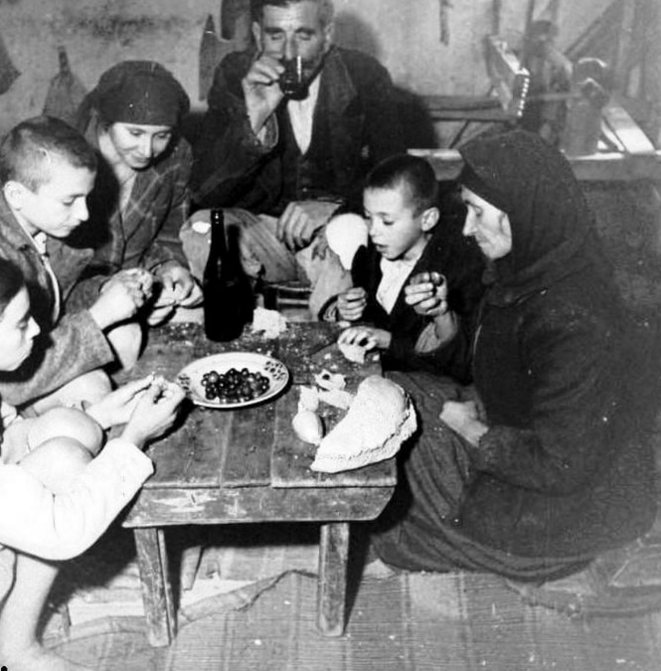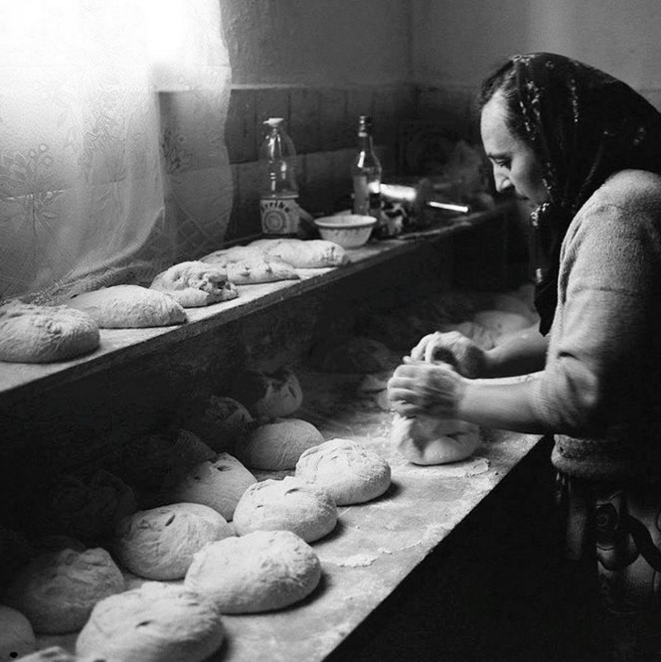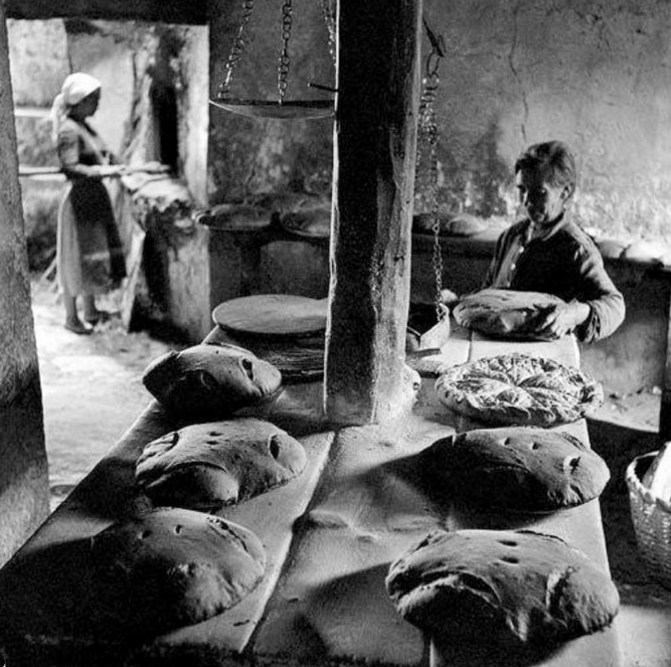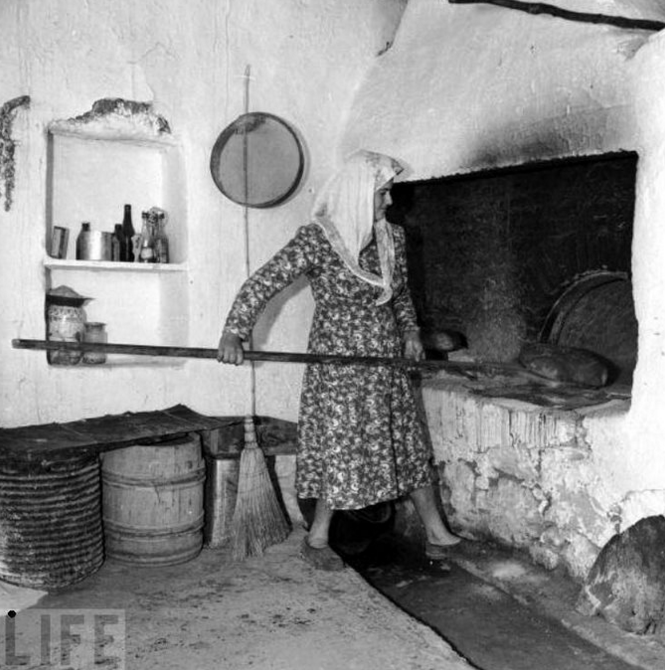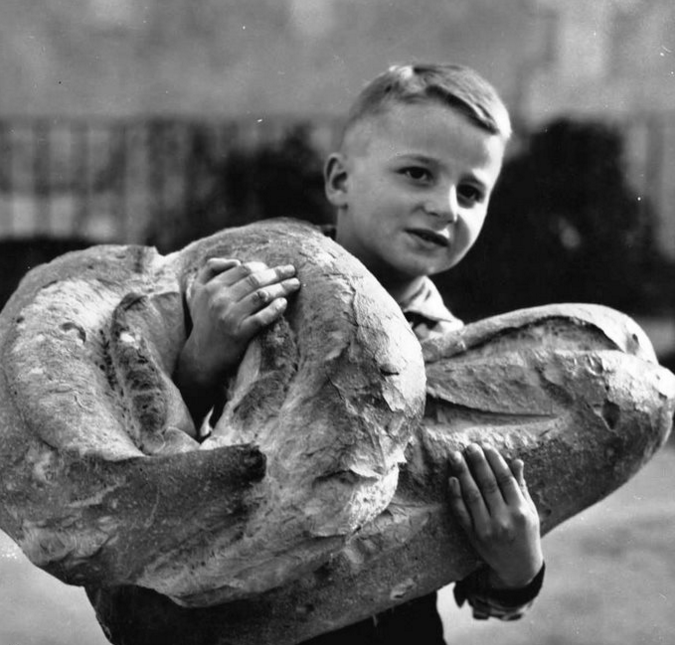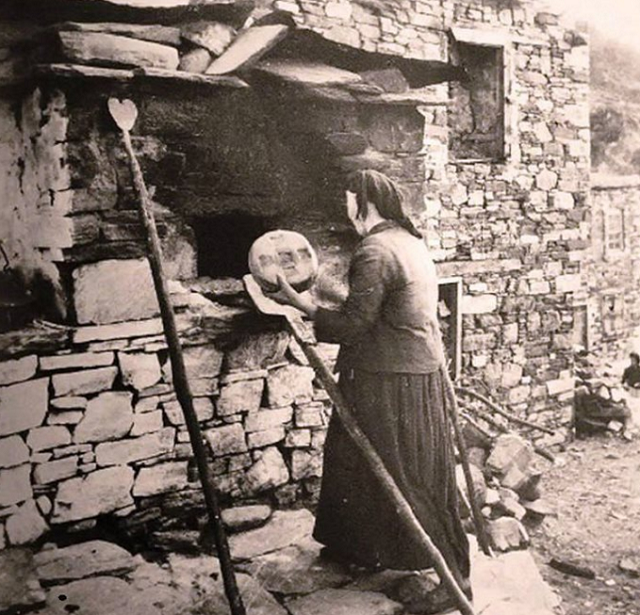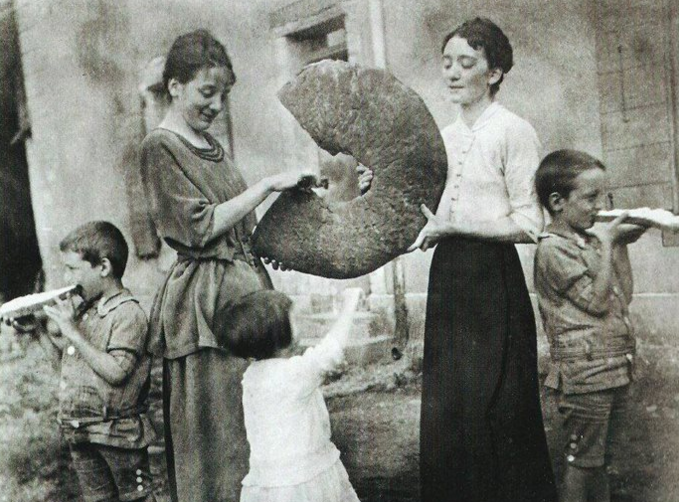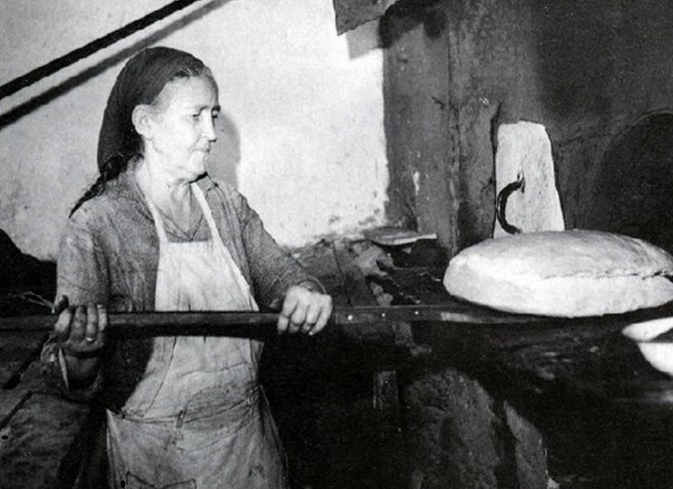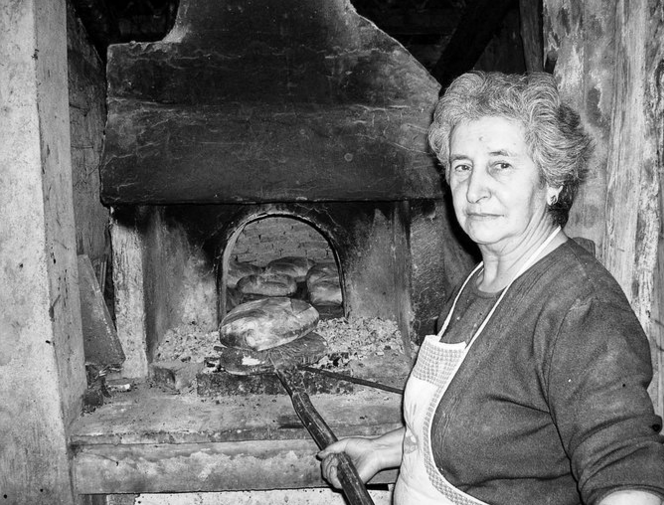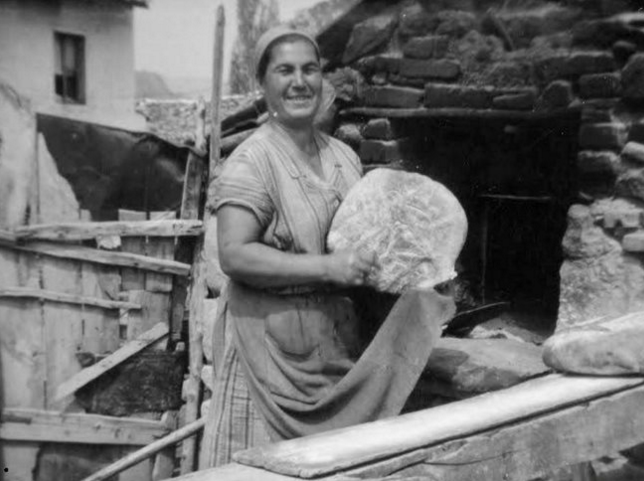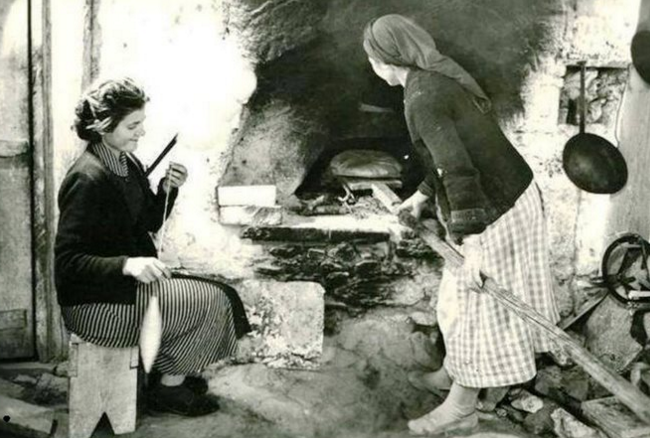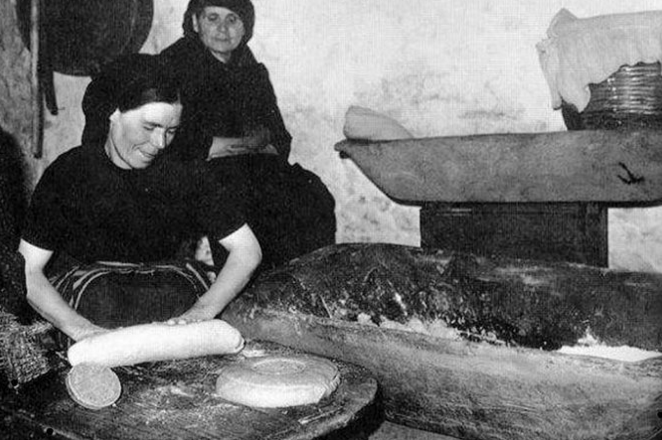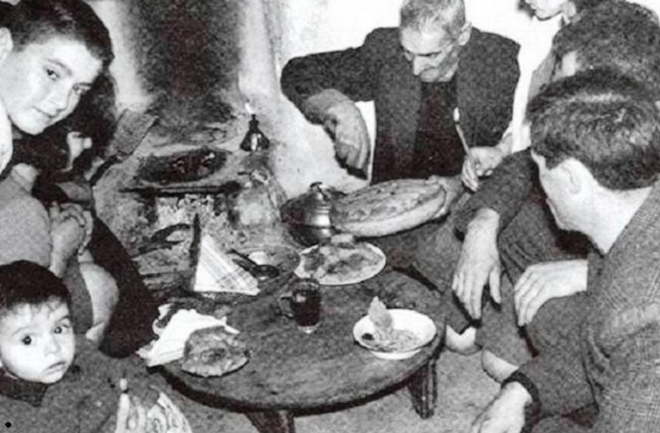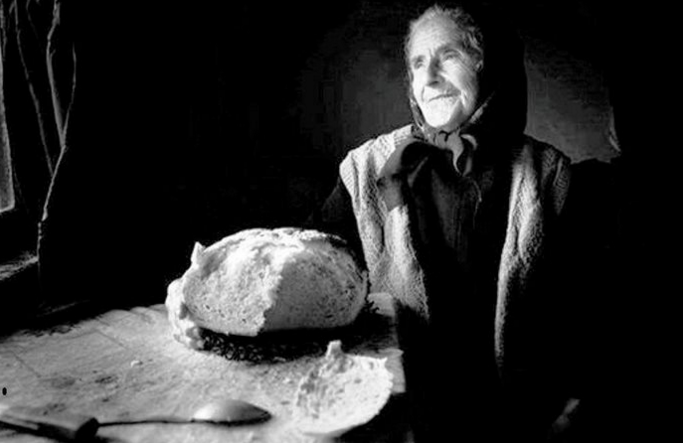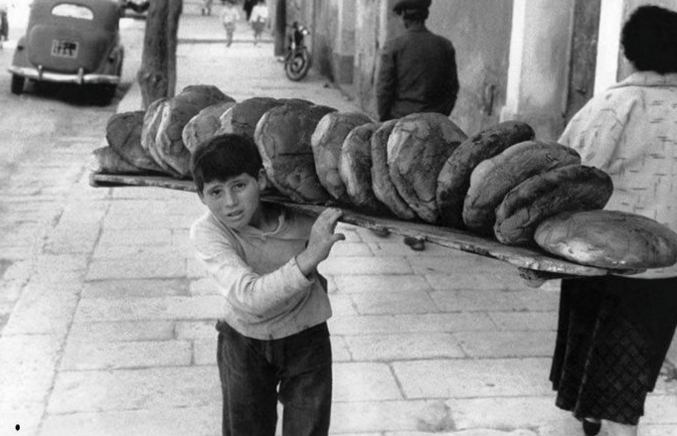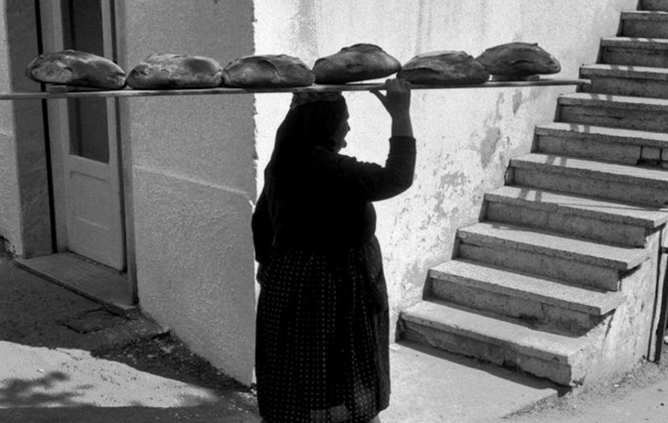
Το ψωμί με προζύμι έκανε την εμφάνισή του κατά τους προϊστορικούς χρόνους, οι πρώτες ωστόσο μαρτυρίες εντοπίζονται στην αρχαία Αίγυπτο. Στην αρχαιότητα η ιδέα ενός αυτοτελούς φούρνου που θα μπορούσε να προθερμανθεί, έχοντας μια πόρτα για πρόσβαση, φαίνεται να ήταν ελληνική. Στην αρχαία Ελλάδα το ψωμί ήταν κριθαρένιο.
Όπως χαρακτηριστικά είχε δηλώσει ο Σόλων, το σταρένιο ψωμί θα μπορούσε να ψηθεί μόνο σε μέρες γιορτής. Τον 5ο αι. π.Χ. μπορούσε κανείς να αγοράσει ψωμί στην Αθήνα από αρτοποιείο, ενώ στη Ρώμη, οι Έλληνες αρτοποιοί έκαναν την εμφάνισή τους τον 2ο αι. π.Χ., όταν η Μικρά Ασία πέρασε στη Ρωμαϊκή κυριαρχία. Η σημασία του ψωμιού στη διατροφή αντανακλάται και από το όνομα του υπόλοιπου γεύματος: ὄψον , δηλαδή συνοδεία ψωμιού, όποια κι αν ήταν αυτή.
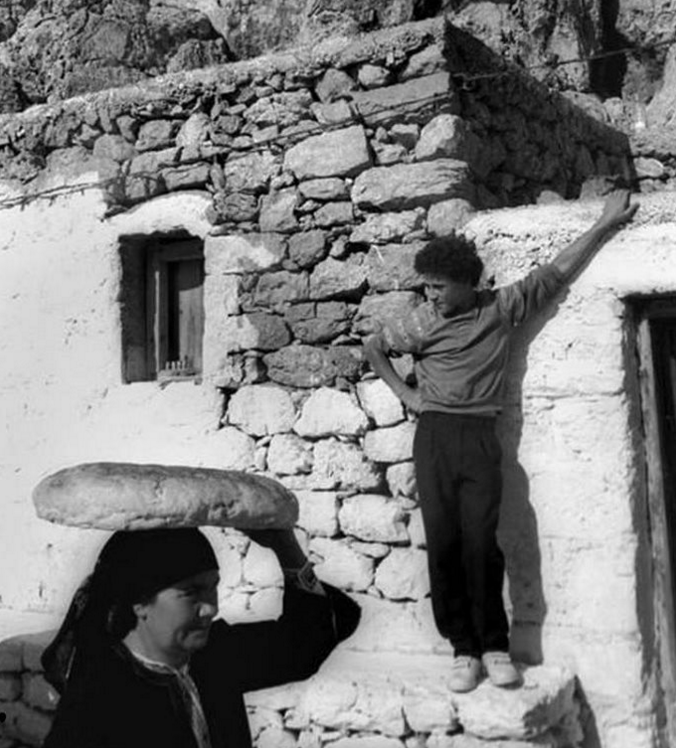
Στο Μεσαίωνα, στην Ευρώπη, το ψωμί αποτελούσε όχι μόνο βασική τροφή, αλλά και μέρος του σερβίτσιου. Πιο συγκεκριμένα, ένα κομμάτι μπαγιάτικο ψωμί χρησιμοποιούταν σαν απορροφητικό πιάτο, που κατά την ολοκλήρωση του γεύματος μπορούσε να φαγωθεί, να δοθεί στους φτωχούς ή να ταϊστεί στα σκυλιά. Μόλις τον 15ο αι. άρχισε να αντικαθίσταται από ξύλινες πιατέλες.
Για πολλά χρόνια το άσπρο ψωμί προτιμούνταν από τους πλούσιους, ενώ οι φτωχοί έτρωγαν μαύρο (ολικής αλέσεως) ψωμί. Στις περισσότερες δυτικές κοινωνίες τα πράγματα αντιστράφηκαν στα τέλη του 20ου αι., με το ψωμί ολικής αλέσεως να προτιμάται, εξαιτίας της υψηλής διατροφικής του αξίας, σε αντίθεση με το άσπρο που συνδέθηκε με άγνοια για τη διατροφή.

Η βιομηχανοποίηση του ψησίματος του ψωμιού στη σύγχρονη εποχή ήταν ένα καθοριστικό βήμα για το σύγχρονο κόσμο. Ο Otto Frederick Rohwedder θεωρείται ο πατέρας του ψωμιού σε φέτες (1912), αφού το 1928 κατάφερε να εφεύρει μια μηχανή που τεμάχιζε και τύλιγε το ψωμί σε συσκευασία.

Το 1961 αναπτύχθηκε η μέθοδος Chorleywood, που χρησιμοποιούσε την έντονη μηχανική επεξεργασία της ζύμης για να μειώσει δραματικά την περίοδο της ζύμωσης και τον χρόνο που απαιτείται για να παραχθεί μια φραντζόλα, σε βάρος όμως της γεύσης και της θρεπτικής αξίας. Αυτή η διαδικασία χρησιμοποιείται πλέον στα μεγάλα εργοστάσια παγκοσμίως.
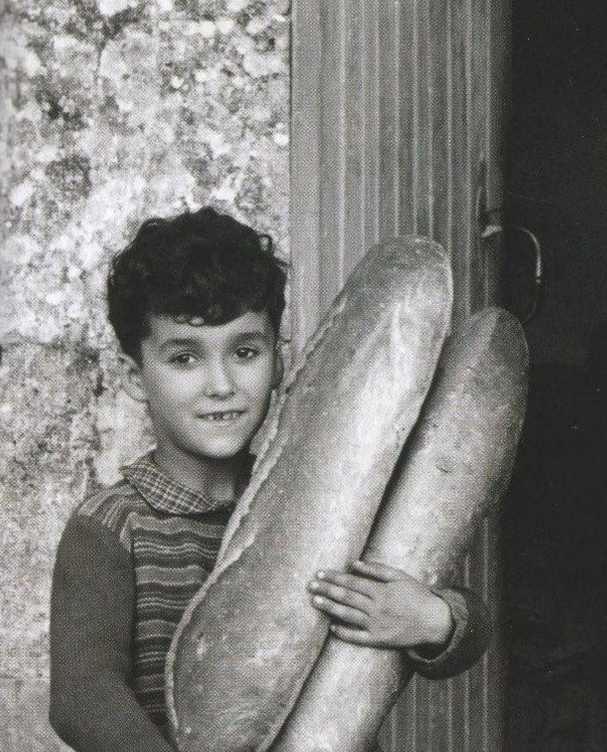
Τα παραδοσιακά αρτοποιεία αντιθέτως σπαταλούν πολύ χρόνο για την παρασκευή, καθώς η ζύμη αναμειγνύεται με την μαγιά και απαιτεί πολλούς κύκλους ζυμώματος και ανάπαυσης, προκειμένου να καταστεί έτοιμη για ψήσιμο και να παράγει την επιθυμητή γεύση και υφή.
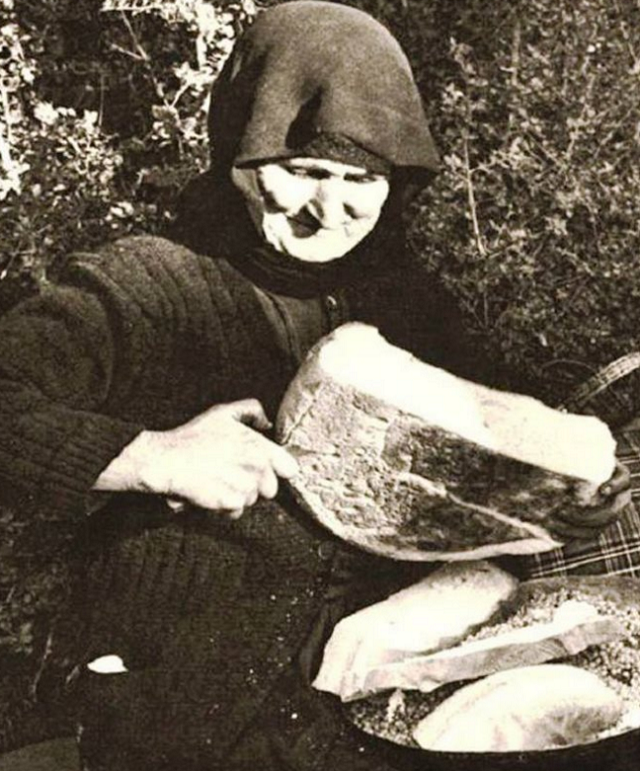
Πιο πρόσφατα, και ειδικά σε μικρά αρτοποιεία, χημικά πρόσθετα χρησιμοποιούνται για να επιταχύνουν το χρόνο ανάμιξης και να μειώσουν τον χρόνο ζύμωσης με αποτέλεσμα μια παρτίδα ψωμιού να μπορεί να παρασκευαστεί και να ψηθεί σε λιγότερο από τρεις ώρες.

Με το πέρασμα των αιώνων, το ψωμί πέρασε από διάφορες μορφές και χρήσεις. Η σημασία του, μικρή στην αρχή ουσιαστική αργότερα, έπαιξε το δικό της ρόλο στη διαμόρφωση όχι μόνο των διατροφικών συνηθειών του ανθρώπου, αλλά και της κοινωνικής και πολιτιστικής συνοχής σε όλα τα μέρη του κόσμου.


